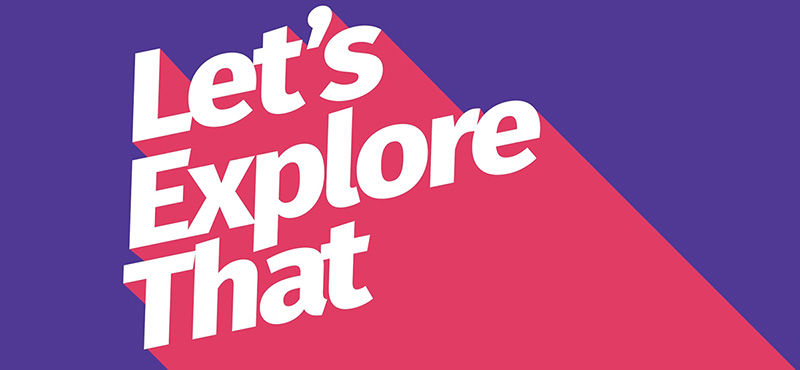Most Americans in urban and suburban areas are accustomed to the convenience of broadband and the opportunities it provides. From distance learning and remote work to telehealth and smart homes, our lives are increasingly connected to the devices and the world around us. But what about those communities that lack broadband access?
For some of the nation’s rural and remote regions, the distance and terrain between households and businesses are often beyond broadband’s reach. The lack of access to high-speed internet prevents efficiencies that much of the nation enjoys. These small rural communities contribute to the American economy and increasing access to high-speed internet in these hard-to-reach areas is not only linked to economic growth, but also enhanced opportunities.
So, given the many benefits of internet accessibility, let’s explore how this challenge can be overcome and what’s being done to finally connect the unconnected.
How Does Rural Broadband Work?
While most Americans access the internet through cables that run above or below ground, residents of rural and remote regions receive their internet a bit differently – through a mix of wired and wireless technologies.
Some of these technologies include fixed wireless, which are a series of towers that provides access via spectrum, similar to how in-home Wi-Fi operates. Other options include 5G cellular broadband, which is being deployed in the vast terrain of Alaska, and satellite technology—including the emerging technology of low Earth-orbit satellite broadband.
The idiosyncrasies of broadband infrastructure, rough terrain, and long distances between households and businesses, are some of the obstacles that make expanding rural broadband a challenging—but surmountable—task.
How We Can Close the Digital Divide
It’s true, Americans who live in rural or remote areas of the country continue to be vastly underserved when compared to their urban counterparts. But that could change with these promising approaches to rural broadband expansion:
Identifying Unserved Areas: More accurate broadband maps are needed to help locate unserved communities and channel funding to where it’s needed most. The Federal Communications Commission’s (FCC) current maps are largely inaccurate – and have been part of the reason funding to unserved areas has been so difficult. With the roll-out of the broader infrastructure spending, new maps and data collection tactics are being used to accurately identify the areas most in need.
Pole attachments: Expanding rural broadband depends upon access to utility poles—which are not owned by internet service providers (ISPs). In fact, ISPs must work with utility pole owners that provide electric or telephone service in order to extend their broadband networks. It’s important these utility pole owners charge fair rates to ISPs, and are transparent and reasonable in their processes to ensure an equitable distribution of costs between pole owners and those seeking to use the poles.
Funding programs: Factors such as the sheer distance between households and difficult terrain to build on, can add enormous costs to the expansion of broadband networks. Funding programs, including state and private grants along with public-private partnerships, can support ISPs in getting the job done.
What’s Next for Rural Broadband?
A significant boost in funding for rural broadband came from the passage of the 2021 Infrastructure Investment and Jobs Law. While the law includes groundbreaking investments that makes closing the digital divide possible, it is critical that the funds are distributed in a way that prioritizes expanding broadband in unserved communities above all others.
To learn more about how these funds are being distributed, check out our recent article, Expanding Rural Broadband: A Once-in-a-Generation Moment to Make Change.
